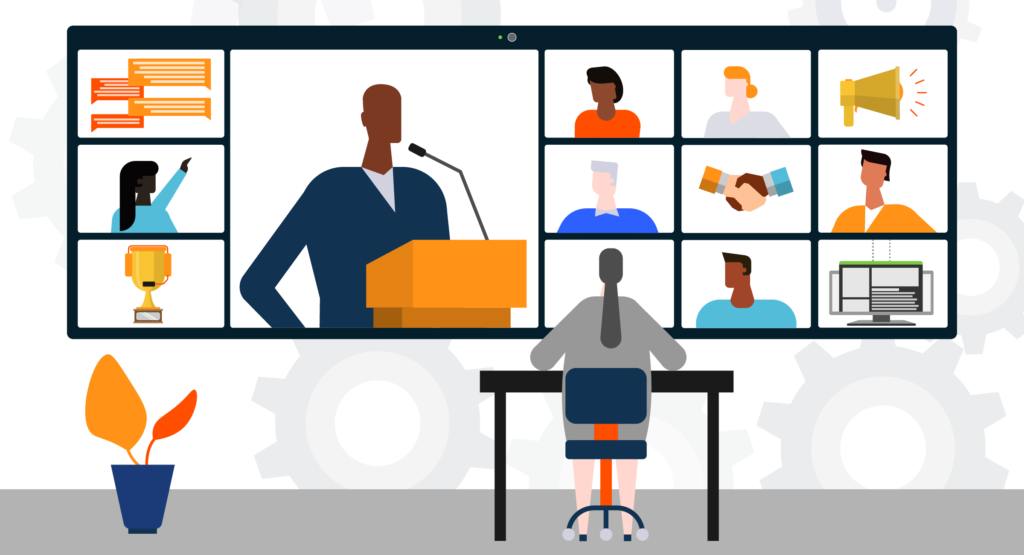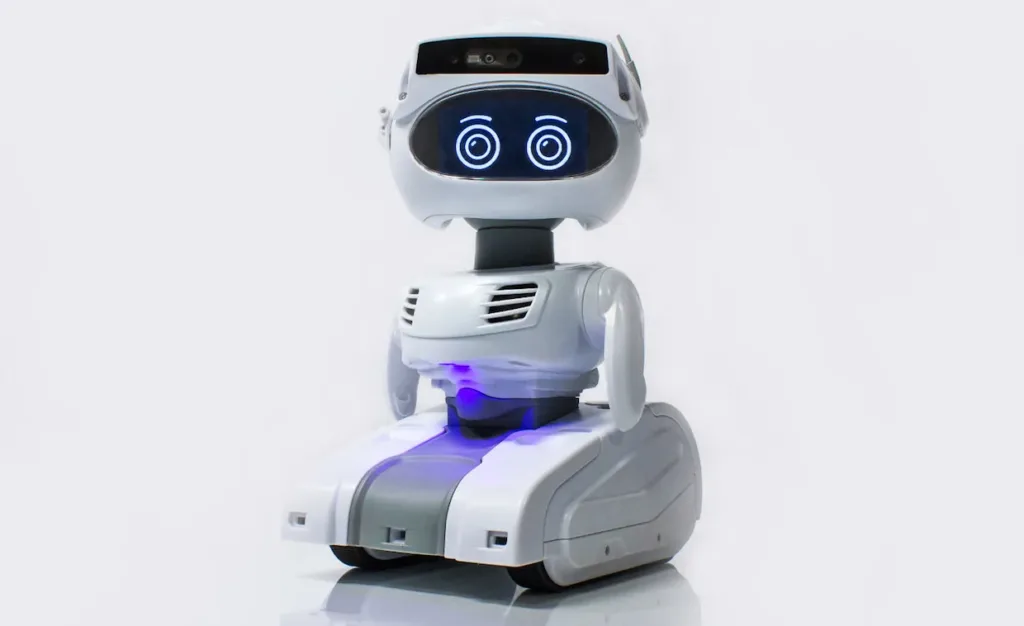
How the Software Industry is Changing in 2023
The trends of change we are seeing in the Software Development Industry in 2023 owe a lot to the inpact from Covid 19. The world has clearly becoming more and more reliant on technology and systems developers maintain and create due to the pandemic. Software developers have reacted to the pandemic by further relying on the online systems to avoid coming into the office. Many saw this as an opportunity to thrive, create, innovate despite the problems they faced, while many others saw it as an opportunity to slack off while working from home and trading crypto…
Thank you for reading this post, don't forget to subscribe!Below we will talk about the major trends and technology changes in 2022 that are altering the demands placed on the software industry and software developers going into 2023.
Impact from Covid
Working from home became the new normal and digital collaboration platforms such as Microsoft teams saw a boom. Software Developers even before the pandemic were one of the easiest jobs to work remotely from as the typical development team already used a suit of online tools to manage the workflow of the team. Now working remotely is seen as many developers as a standard offering of their job and are unwilling to go back into the office. From a software business point of view to counteract this and make sure the developers and testers are still productive they have turned to several metrics provided by the team collaboration software suites.

Developer Relations “DevRel”
DevRel is the notion of the social nature amongst developers, it stands for ‘developer relations’. This is an internal issue within the tech industry which was somewhat neglected when COVID-19 struck our planet. On one hand, many people struggled to maintain their tight-knit relationships satisfied with the loss of regular meetups, hack-athons and other social events.

On the other hand, many tech companies and developers found hope with the use of online platforms where they would engage in live interactions with each other via Zoom and Google Meet and some would go on to start podcasts and YouTube channels. Despite the discovery of new ways to connect, as interest rates have increased and cash of tech start-ups has dried up many of these employees have found themselves looking for new employment. While there will always be work for skilled software engineers many have found that their new job offerings ask them to turn up at the office for a few days a week.
E-commerce Growth
Firstly, the e-commerce (electronic commerce) market is expanding at unprecedented rates as online product sales have shot up drastically during the COVID-19 pandemic; these sales have shot up by 35% in one year, to be more precise. Moreover, the number of people using their mobile devices to buy things the mobile commerce market has had a huge impact on demand for mobile application developers. Out of the 80% of people who have a phone on Earth, one-third of users use their smartphones to shop.
Remote Work
Working remotely became a trend amongst most workforces during the COVID-19 pandemic due to social distancing measures. This allowed for operations to keep running. However, this safety precaution quickly became a new trend where developers, even after the lifting of the social distancing orders, didn’t want to return to their offices due to the expense of transport and their comfortability at home. Alongside this, developers experienced a shift in attitude to work as they would push companies to accommodate to their needs and they would pursue their own activities for personal enjoyment. Since the pandemic, the number of remote workers has accelerated to 74% .
Popular Trends that are Changing the Industry
Just like remote work becoming a trend as a result of the pandemic, even greater trends were made possible this year, read on to learn more…
AI and Automation
AI stands for Artificial Intelligence, this term has been around since 1956. It provides its users with the option of working smarter rather than harder and was invented for better decision making; benefiting content creators and developers by undergoing redundant tasks so that developers can focus on the creative aspect of their project. AI also provides aid with the outside world, relieving humans of great amounts of effort into their daily tasks; examples of this would be Pepper the Humanoid Robot who provides services in the retail industry instead of a human. Similarly, Generative AI creates new content from existing content. AI and automation assist developers during the development of programs through managing workflow, reviewing code and testing the security’s performance; this does not replace the traditional methods of testing, rather, it assists the manually-executed testing procedures.

Investment in business and consumer related AI startups is still strong despite the more cash restricted envirment, making AI and Automation trends that are rapidly changing the tech industry.
Web 3.0 and Blockchain development projects
At the end of 2021 when bitcoin was riding high there was a race to fund web 3.0 and blockchain related software projects that were set to revolutionise the industry. However, in 2022 high inflation has caused not only a restriction in the cash available for such projects but also a sharp decline in crypto asset valuations.

With the current scenario of both falling asset prices and decline in start-up funding there has been a sharp pullback in the money available to web 3.0 start-ups. While This has caused a glut of a specific set of block chain development skills to become available on the market at the end of 2022 with fewer funded web 3.0 start-ups to hire these people.
The web 3.0 industry still quite speculative and much depends on the price of crypto assets. If this decline in crypto asset prices goes in to reverse as many predict, we could see a quick reversal of the job losses for the web 3.0 space that we have seen in 2022.
The Metaverse
While at the end of 2021 and start of 2022 “Metaverse” investments were all the rage, this enthusiasm has now sharply dropped off. The Metaverse is a term most famously coined by Facebooks Mark Zuckerberg and he described it as “is the next iteration of the internet: a single, shared, immersive, persistent, 3D virtual space where humans experience life in ways they could not in the physical world.”. This has proven to be nothing new as there were already a thriving VR community on steam, Zuckerberg’s real proposed gamechanger was that he was going to push for a business take-up of VR technology. Virtual meeting rooms sold to blue chip companies would provide a much more lucrative market than that of the gamers on steam and pay for further development of AR and VR platforms.

In late 2022 given Facebooks relative failure to persuade users and businesses to use its Meta platforms, investment in AR and VR related technologies have dropped off a bit. Investors are starting to ask that if Facebook cannot pull workplace VR off which its substantial development budget if this is telling us the market is still immature and we may have to wait for years for device costs and inhibitions to headsets to come down.
Cybersecurity
Cybersecurity is a major concern as it is exceedingly expensive for businesses to deal with the aftermath of data breaches. In support of this, research has shown that it costs businesses $6 trillion a year for criminal offences within the virtual space. To prevent this, many organisations set up security measures to prevent cyberattacks- two of which are called DevSecOps and VDP. Firstly, DevSecOps is a security approach where security is planted through each stage of the DevSecOps pipeline of the software of 80% of organisations as of 2022- this is done to boost agility. Further, the use of VDPs, or Vulnerability Disclosure Programs, by organisations allows for them to act against security threats actively. If a vulnerability is spotted by the VDP, which must be against the ISO standards, then it will be reported.
No and Low Code;
As we went into more indeth in our previous article an Increasing Interest in No code and low code platforms are a massive game changer when it comes to workflow creation. Non computing science related professionals and people outside of the tech industry are able to simply create projects without any code. No code and low code platforms were invented internal to the tech industry to provide cheaper and easier ways for people to release content. As these are simple to use platforms many young people become attracted to these applications and therefore encourage them to seek a potential career in the tech industry as it becomes more mainstream.
As of 2021, 64% of emerging technologies are barricaded behind the door to their success. Another way the tech industry is developing through no code and low code platforms is through introducing them to educational institutions. For example, Scratch, the interactive low-code platform, is being introduced to primary schools across the country!
As much as we love the enthusiasm in the no code community, we should also point out that no code solutions are still not generally a good choice in creating consumer grade apps and software. Where they do shine currently is in the creation of simple processing workflows that can be understood diagrammatically by managers and professionals who’s core skill is not computer programming.
‘The Future is Now’
As the world came to a halt in 2020 due to the spontaneous outburst of a pandemic, the tech industry thrived through remote working, no-code and low-code platforms, e-commerce and m-commerce. As we powered through to 2022, many ambitious creators found light bulbs flickering in their heads…leading to the creation of many new and useful ideas whilst discovering endless possibilities and opening doors for new projects. The world still has its flaws, but the tech industry provides us with its trusty pioneers to lead the way into the ‘new norm’ and the addition of fantastic security services as we progress through this digitalised world. Whilst new software continues to run, I am con
